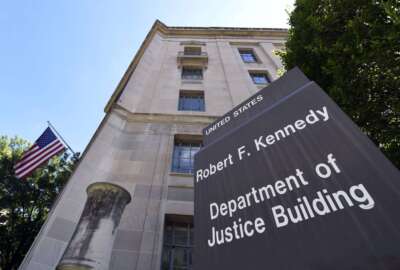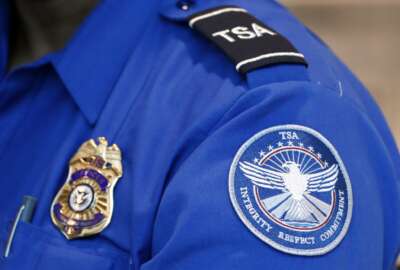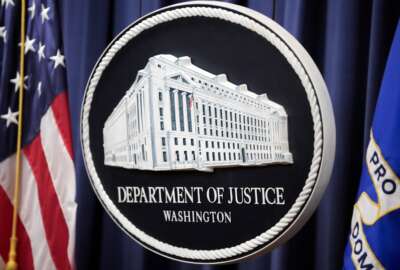TSA offers tips for holiday travelers
Want to bring a raw turkey in your carry-on bag? Kawika Riley of the Transportation Security Administration explains what items can and can\'t be brought onto a...
wfedstaff | June 4, 2015 2:22 pm
By Mike O’Connell
Web Editor
Federal News Radio
Holiday travelers are taking to the skies today and it’s probably a good idea to check in with the Transportation Security Administration to determine whether it’s safe to bring that pumpkin pie on the plane with you.
“What was true last year is true this year,” said Kawika Riley, a TSA spokesman. “We still have our limitations on liquids, gels and aerosols on planes. So, if you can drink it, if you can smear it, if you can spray it, then it’s probably going to fall under our 3-1-1 rule.”
That 3-1-1 rule states that travelers can carry on liquids or gels in 3.4-ounce or less bottles. The bottles should be placed in a single 1-quart sized clear, zip-top plastic bag — one bag per customer.
But what about travelers heading to Grandmother’s house with a turkey and all the Thanksgiving fixings? Will they be forced to leave those behind before boarding a plane?
“A raw turkey, of course, is still a solid,” Riley said. “Food items like pies or cakes are permitted, but the issue is that if they’re more liquid or not as solid as other items, they may require further inspections. When people ask me for my personal recommendation, I say get away from it if possible.”
What about that wrapped gift for Aunt Mae you’re bringing in your carry-on bag?
TSA inspectors treat wrapped carry-on packages the same way as unwrapped carry-on packages. “If it goes through our technology and there’s an alarm, we’re going to have to resolve that alarm to make sure that it’s not an explosive or some other type of dangerous device,” Riley said. “Unfortunately, that means that we would have to unwrap it.” He recommends waiting to wrap the gift until after you’ve arrived at your destination.
Traveler is in control
“The traveler really has a lot of control over her or his experience,” Riley said. “If you think carefully about how you pack and what you pack, if you arrive well ahead of time, and if you take three simple steps, like removing your coat and shoes, taking electronics or your liquids out of your bag and making sure you have your ID out, you’re going to make the experience quicker for you, easier for you and also quicker and easier for the person behind you.”
TSA has been handling the holiday traffic at airports for 10 years and has adjusted its “best practices” accordingly.
“This is something that we’re not just doing every holiday period, but on almost a daily basis,” Riley said. “Technology is always improving and we’re trying to incorporate the best technology in our security approach. Procedures can always improve, so we’re constantly trying to adapt as an organization and, in a lot of ways, move away from a ‘one-size-fits-all’ model of security towards what could better be described as an intelligence-driven and risk-based approach.”
Each day, about 1.7 million people pass through the TSA’s 450 checkpoints across the country. “During the holiday season, we’re going to have even more of them, but we’re prepared,” Riley said. “We’ve done this before. We’ll do it again. We’re focused on using the resources that we have to reduce risk as much as possible.”
Web-savvy travelers seeking answers about what items are allowed on a plane can visit the TSA website and use the “What Can I Bring?” search engine. Smartphone users can also download the TSA app to access the same information.
Copyright © 2024 Federal News Network. All rights reserved. This website is not intended for users located within the European Economic Area.





